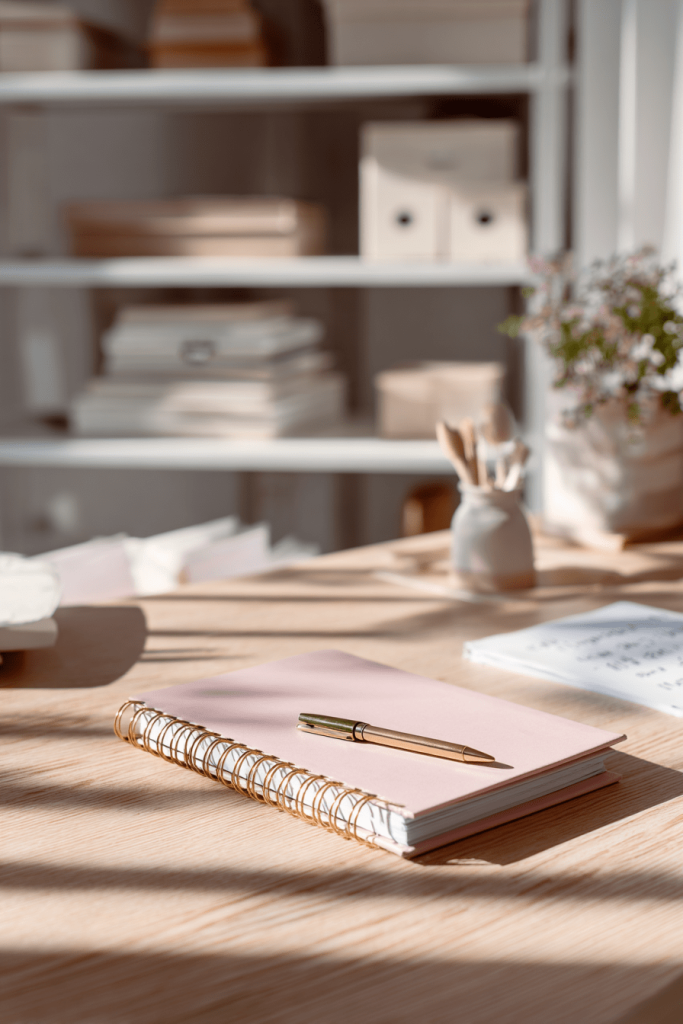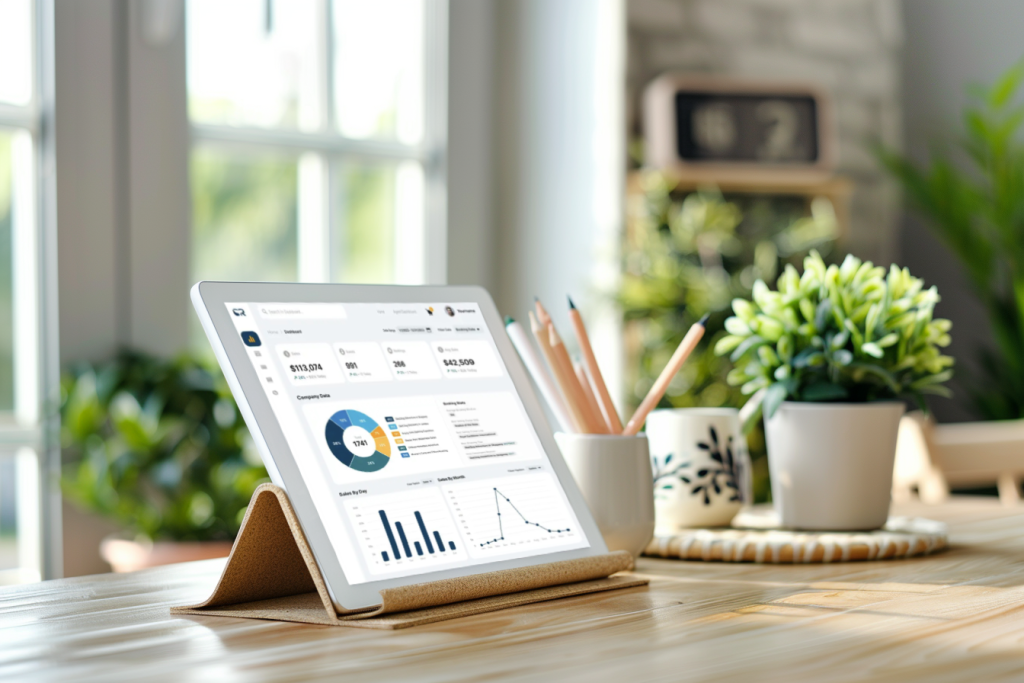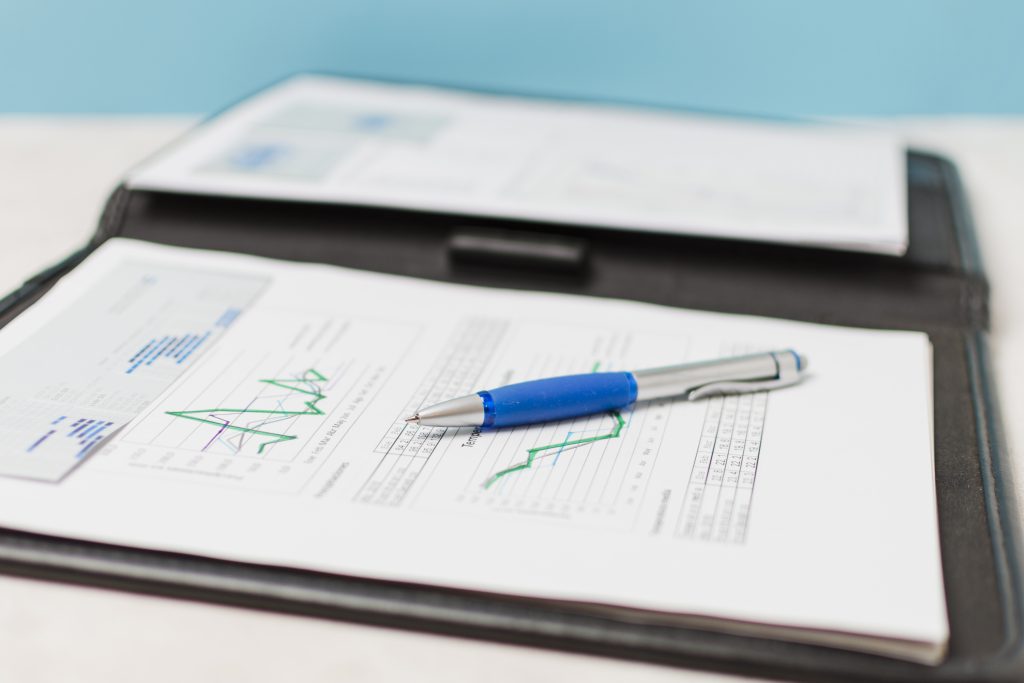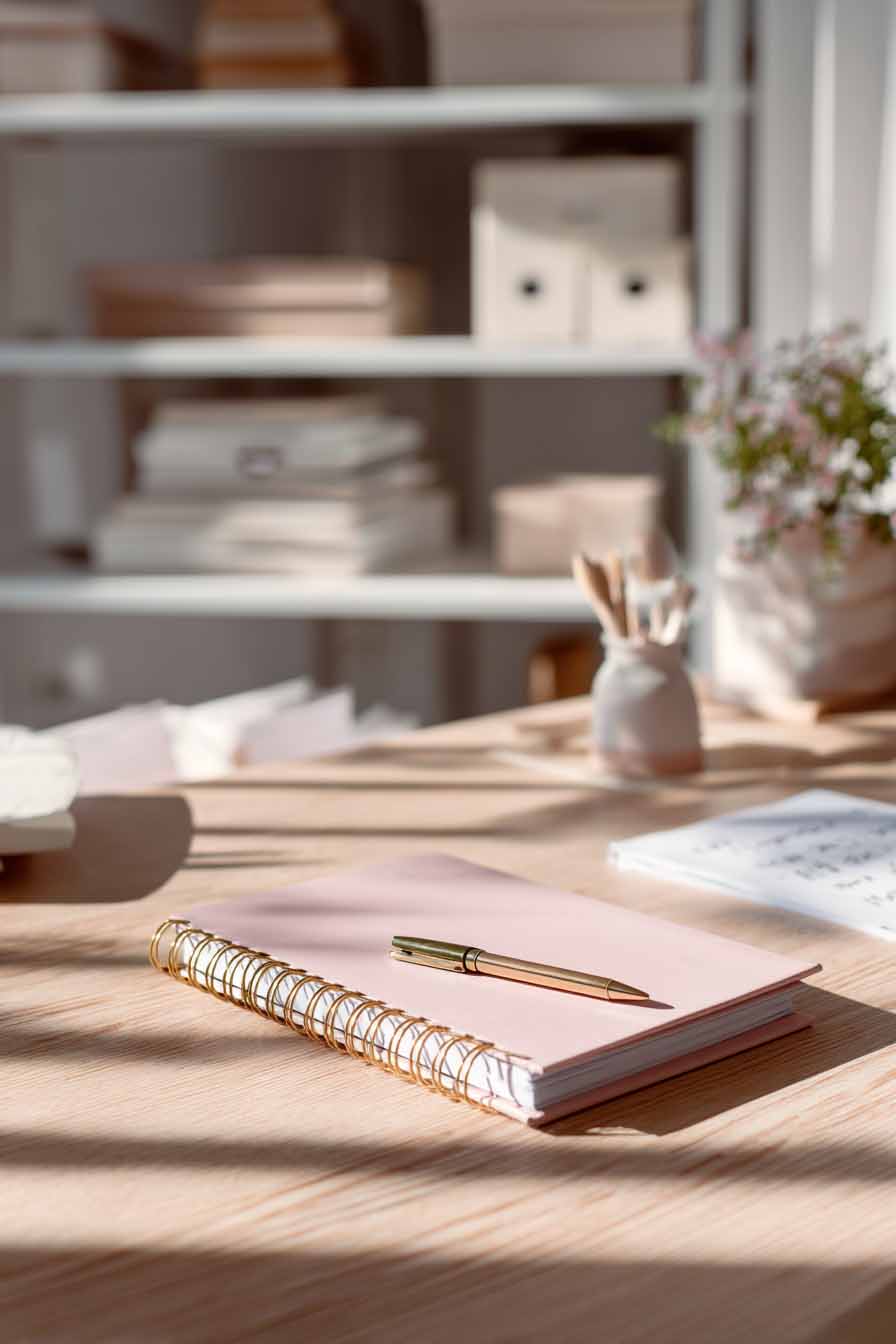Finance and Accounting Aesthetic: 6 Practical Tips and Insights You Can Use
In today’s fast-paced world, managing your money isn’t just about crunching numbers — it’s about creating systems that feel organized, intentional, and even beautiful. That’s where the finance and accounting aesthetic comes in. It’s more than a visual style; it’s a mindset that blends clarity, minimalism, and financial control.
Whether you’re a student, a working professional, or a small business owner, embracing this aesthetic can make your financial life more manageable — and dare we say, enjoyable. Let’s dive into how you can apply this practical and appealing approach to your everyday money management.

What Is the Finance and Accountin Aesthetic – and Why It Works?
At its core, the finance and accounting aesthetic is about simplifying and beautifying the way you interact with money. Think clean spreadsheets, color-coded budgets, minimalist ledgers, and thoughtfully curated notebooks filled with actionable insights.
This style has gained popularity on platforms like Pinterest and TikTok, where creators show off their budget binders and digital templates in sleek neutrals, pastel tones, or sharp monochromes. But it’s not just about looks — it’s about function. The visuals serve a purpose: to reduce mental clutter and promote consistency in financial planning.
Why Aesthetic Matters in Finance
Many people struggle to stick with budgets or track expenses simply because the tools they use feel boring or overwhelming. The finance planning aesthetic changes that. When your finance system is visually pleasing and intuitive, you’re more likely to use it consistently.
According to Investopedia, budgeting helps improve financial habits.
Embracing the finance and accounting aesthetic can turn even basic budgeting into a motivating, enjoyable habit.
Here are just a few benefits:
- Increased motivation: A visually tidy budget is more fun to update.
- Clarity and focus: Aesthetics encourage simplicity, helping you zero in on what matters.
- Stress reduction: Clean layouts reduce information overload and promote calm.

This finance and accounting aesthetic approach not only improves organization but also encourages long-term consistency in financial habits.
Practical Ways to Build Your Own Finance Aesthetic
Now let’s move from inspiration to implementation. Here are a few practical steps to cultivate your own banking and finance aesthetic — both visually and functionally.
1. Choose Your Tools Wisely
Start by selecting platforms that support visual customization. A few great options:
- Notion or Obsidian: Great for journaling finances with tags, links, and templates.
- Google Sheets or Excel: Allows color coding, graphs, and layout tweaks.
- Dedicated apps like YNAB or Goodbudget: These have a built-in structure but can still be customized with themes.
Pick one main system and stick with it to avoid scattered data.

2. Design a System That Reflects Your Style
Ask yourself: Are you drawn to soft colors and gentle typography, or do you prefer sharp contrast and bold lines? Your financial tools should reflect that.
Here are some visual elements to consider:
- Color palettes: Use 3–4 consistent colors across all platforms.
- Typography: Choose clean, easy-to-read fonts.
- Icons and visuals: Minimal icons for categories can reduce text clutter.
Bonus tip: Create a personal finance dashboard that gives you a monthly snapshot of your income, expenses, savings, and goals — all in one place.
3. Create Aesthetic Finance Notes
Don’t underestimate the power of handwritten or digital finance notes aesthetic. These aren’t just for students — keeping a log of insights, reflections, or progress updates can boost your financial literacy over time.
Ideas to include in your finance journal:
- Monthly spending summaries
- Quotes or mindset reminders
- Visual goal trackers (e.g., savings thermometers or debt payoff charts)
- Notes from articles, books, or podcasts on money

4. Develop a Routine That Reinforces Your System
A pretty budget means nothing if you never look at it. Build a weekly or monthly routine that aligns with your financial aesthetic. For example:
- Light a candle, put on your favorite playlist, and update your tracker every Sunday evening.
- Create a 5-minute daily habit to log expenses while having your morning coffee.
Over time, these rituals anchor your money habits to positive emotions and aesthetics.
5. Add Personalized Sections That Keep You Engaged
To stay consistent, personalize your setup with sections that speak to your lifestyle. For example:
- Wish lists: Track items you’re saving for — this keeps spending intentional.
- Finance affirmations: Positive money beliefs help shape your mindset.
- Quarterly reflections: Review wins and lessons learned to stay on track.
These small touches turn your finance setup into a space you actually enjoy revisiting.

6. Make It Work for Real Life
Remember, the finance and accounting aesthetic shouldn’t be all show and no substance. It should help you:
- Budget more effectively
- Stick to your financial goals
- Feel more confident in your money decisions
Focus on outcomes first, then build an aesthetic that supports those outcomes.
Inspiration from Others: Communities and Ideas
Want inspiration? Look to platforms where people share finance layouts, bullet journal pages, and minimalist dashboards. Try hashtags like:
- #financeaesthetic
- #moneyjournal
- #budgetingroutine
Join communities on Reddit, Instagram, or YouTube where creators show their setups and routines. You don’t need to copy them — just adapt what resonates with you.
Integrating Aesthetic Finance into Your Life
Whether you’re managing student loans, setting up a family budget, or running a small side hustle, the banking and finance aesthetic can be your secret weapon. When your system looks good and works well, you’ll want to engage with it more — and that’s half the battle.
Try starting small: pick one thing to beautify this week — your monthly budget layout, your expense tracker, or even your finance notebook. Then watch how that tiny upgrade starts to ripple into bigger habits and more confident decisions.
The finance and accounting aesthetic helps make everyday financial routines more approachable and enjoyable.

Final Thoughts: The Balance of Beauty and Purpose
The finance planning aesthetic isn’t about making your finances picture-perfect. It’s about making them feel less intimidating, more enjoyable, and uniquely yours. When your financial setup aligns with your personal style and practical needs, you create an environment where good money habits can thrive.
So go ahead — color-code your budget, decorate your spreadsheet, write your money goals in your neatest handwriting. Just remember: at the heart of it all is your commitment to clarity, intention, and consistency.
You’ve got this — and your bank account will thank you.
Learn more about this project and the values behind our financial content.
Disclaimer: This article provides general financial insights and is not a substitute for professional advice tailored to your unique circumstances. Always consult with a certified financial planner or accountant when making major financial decisions.





